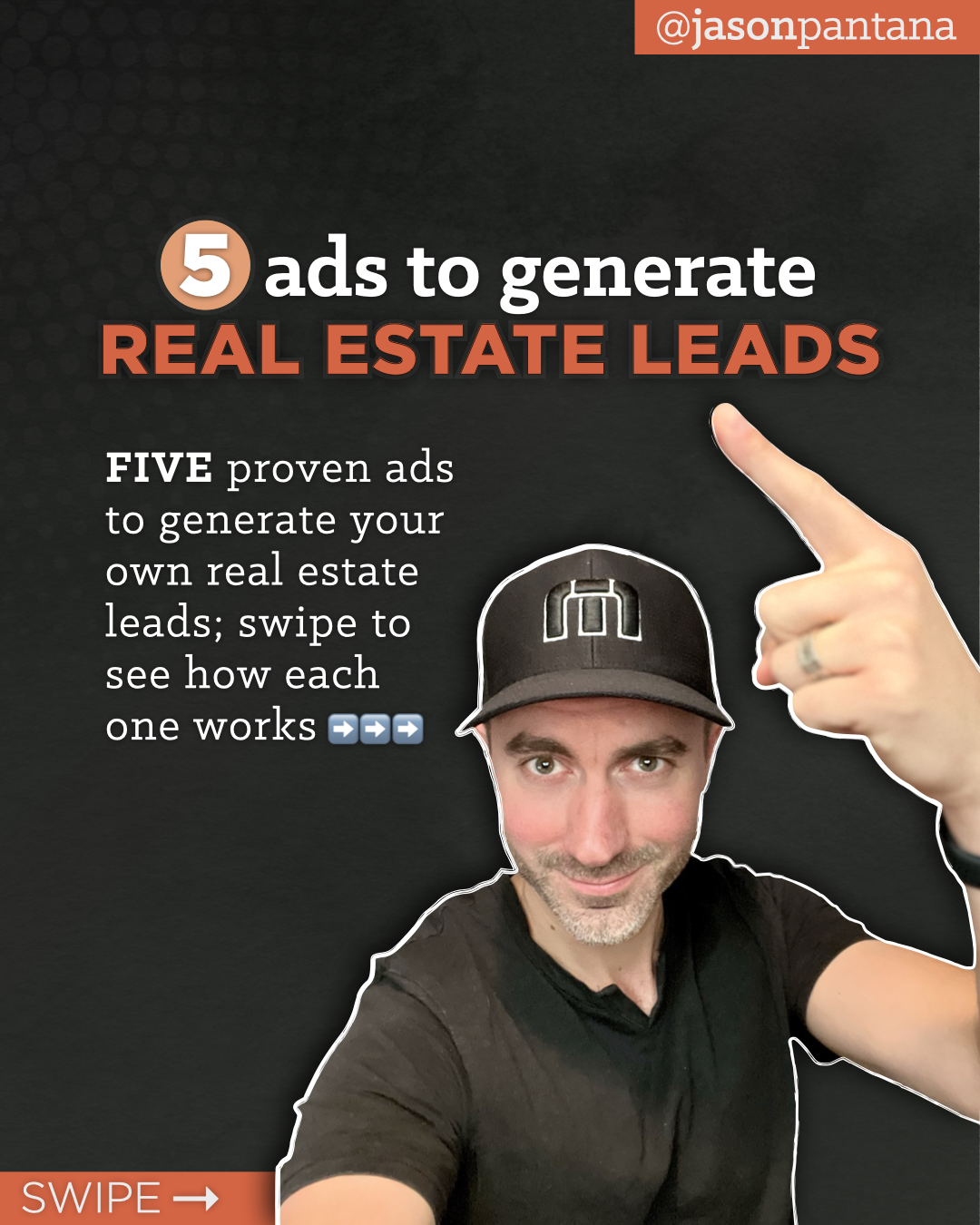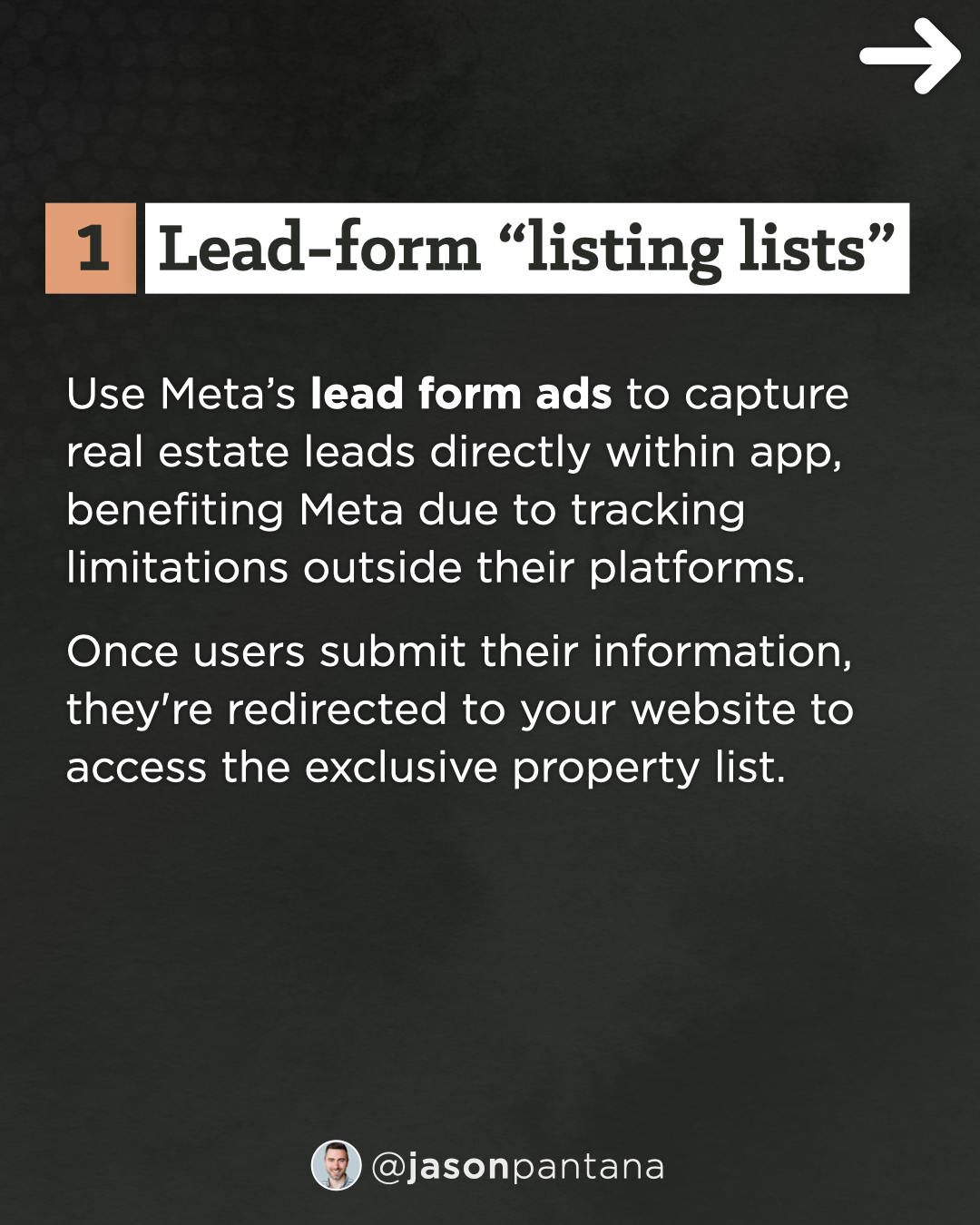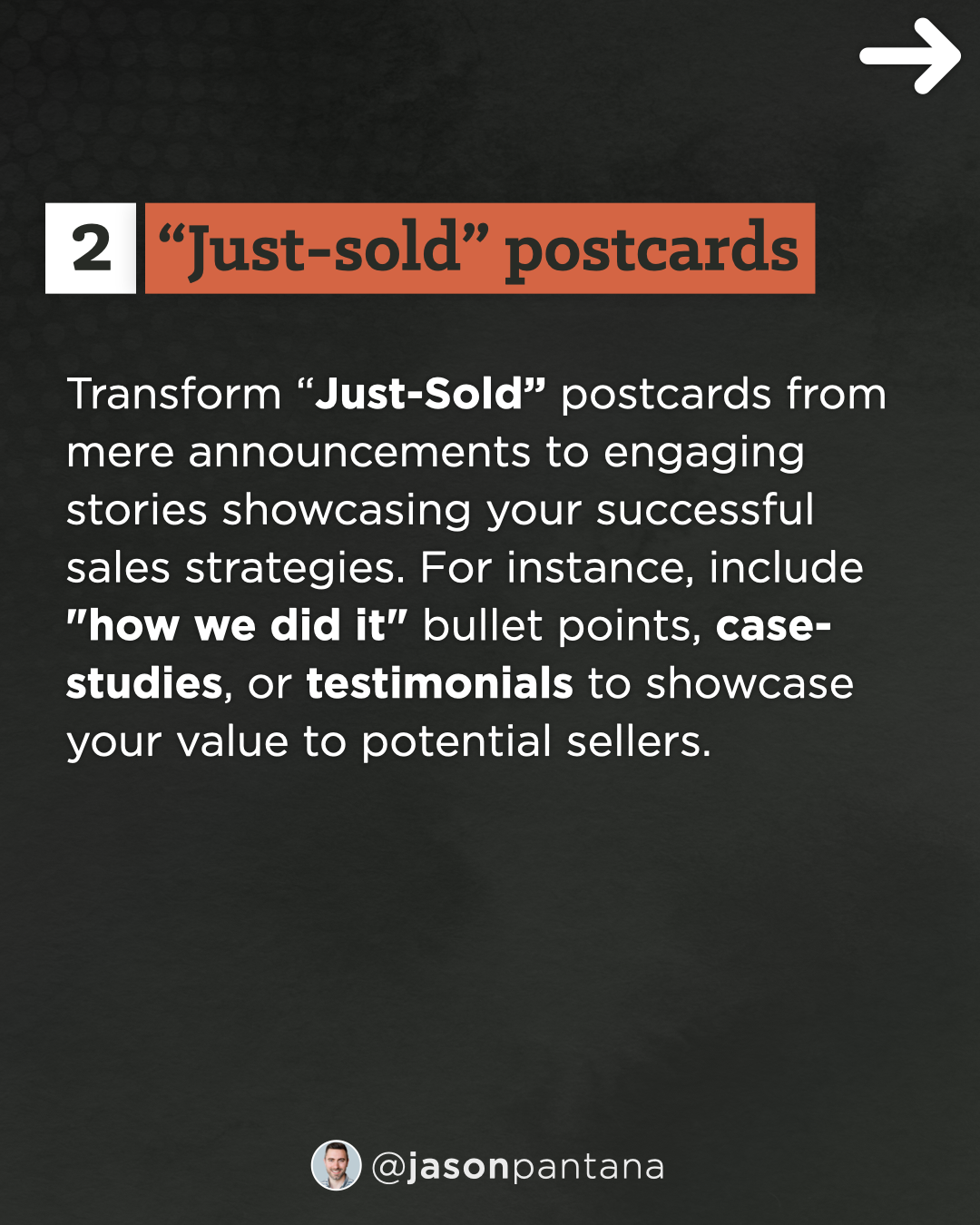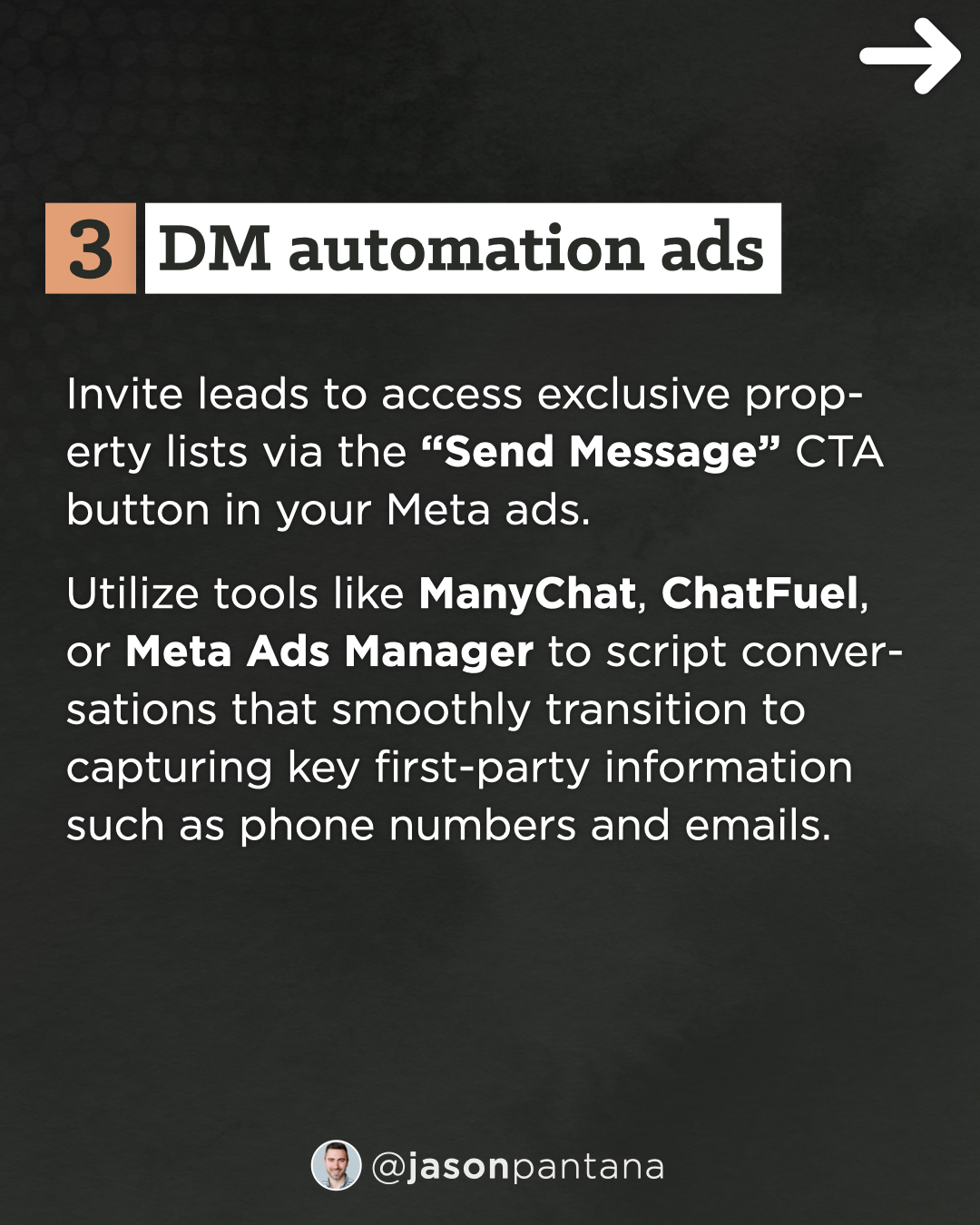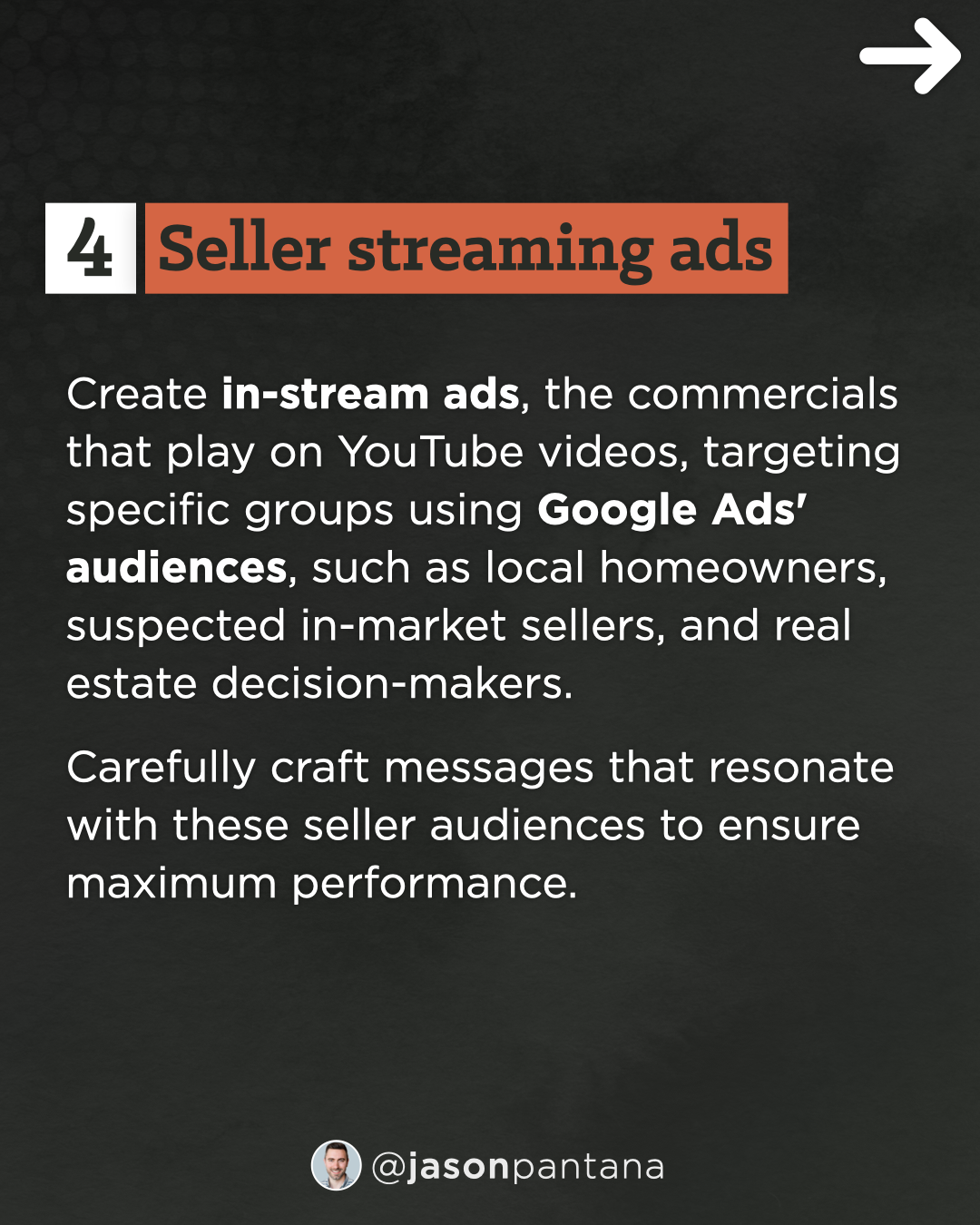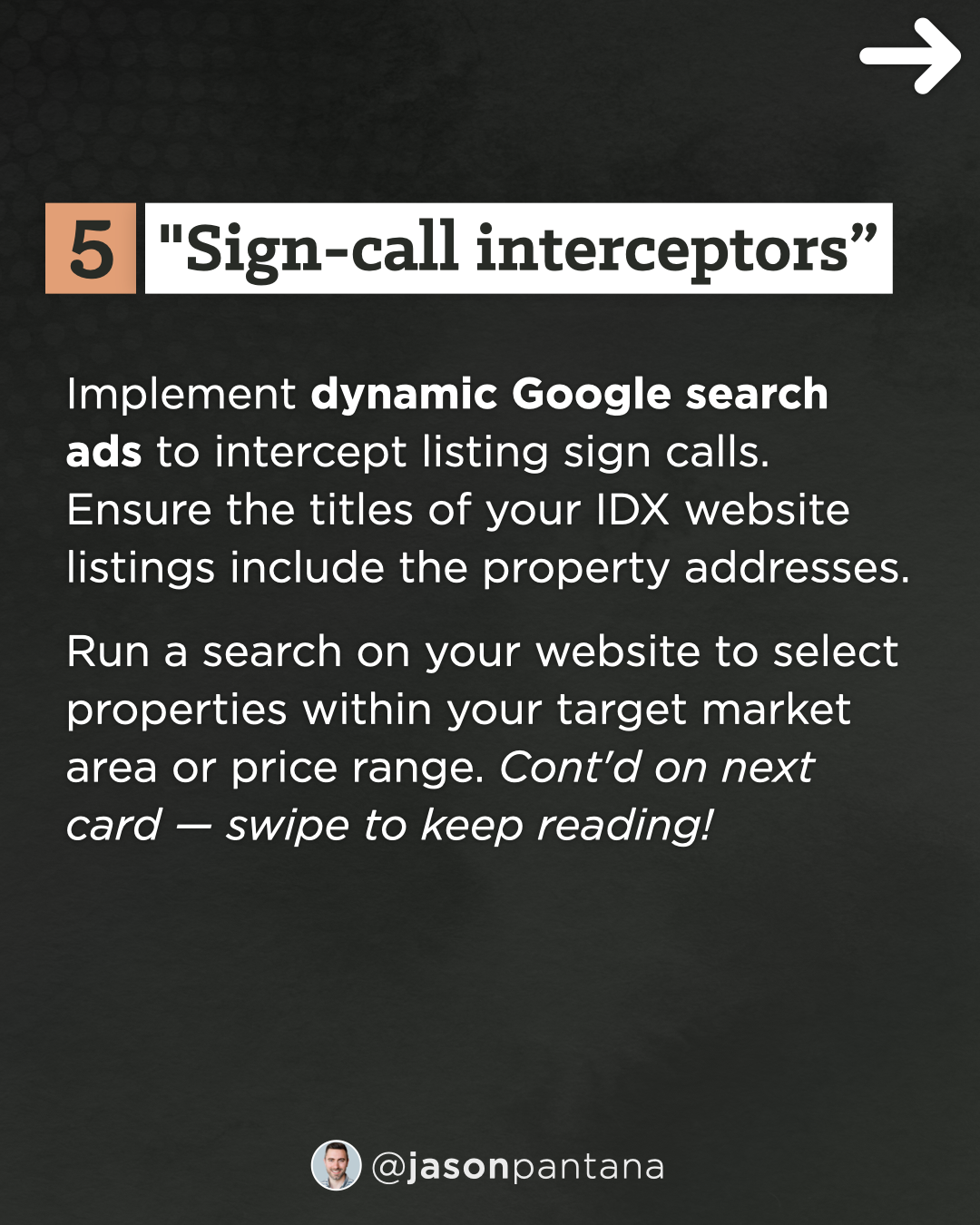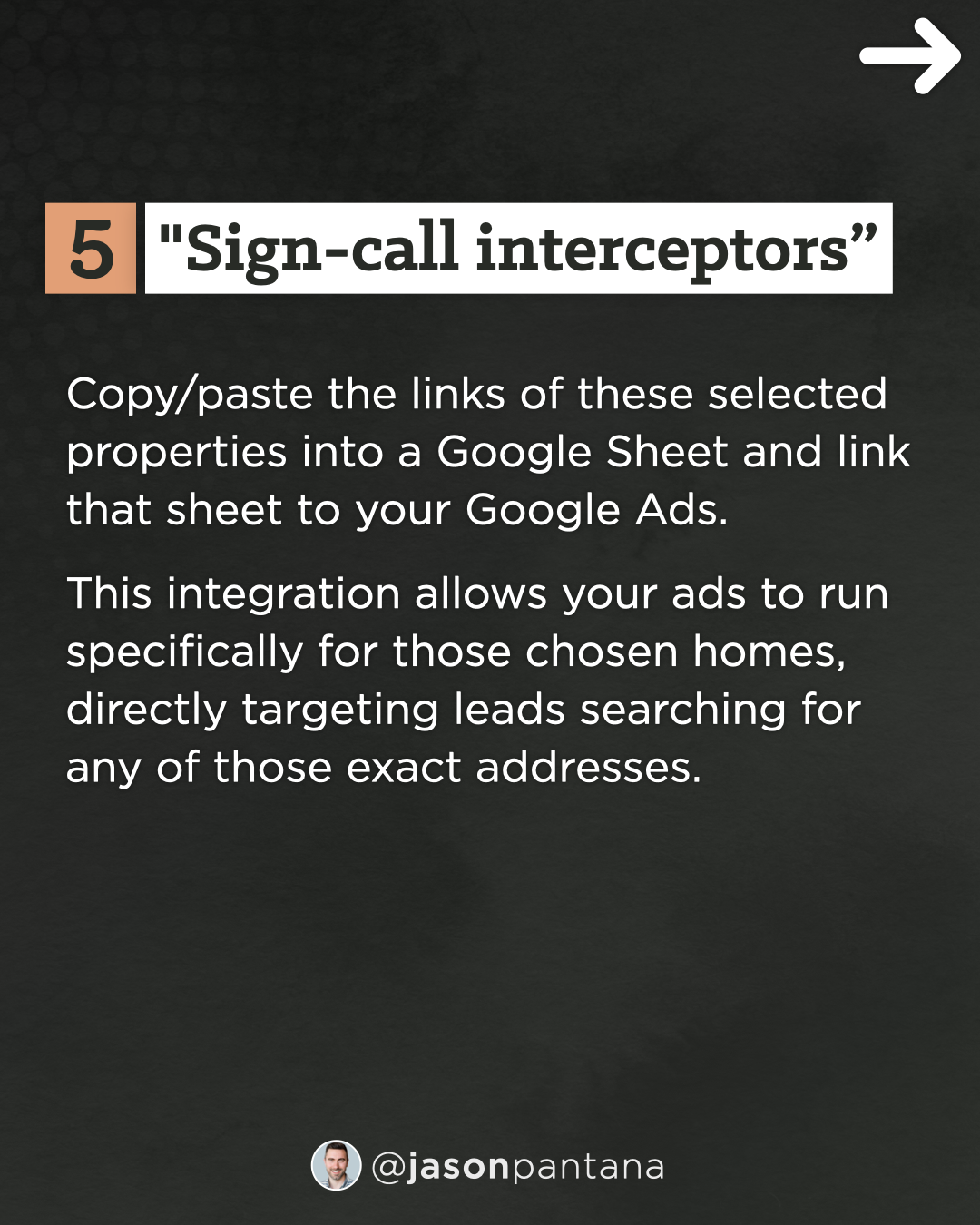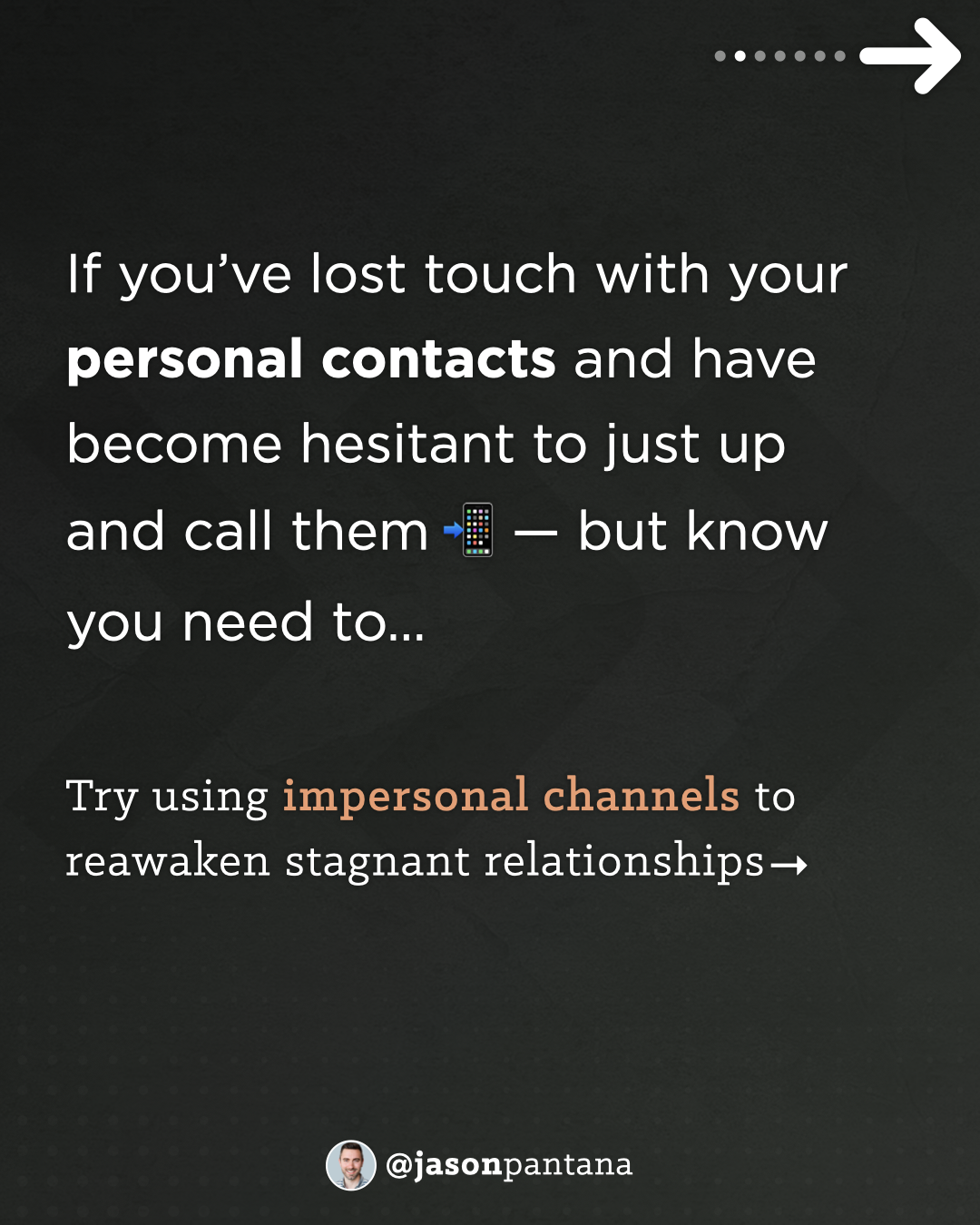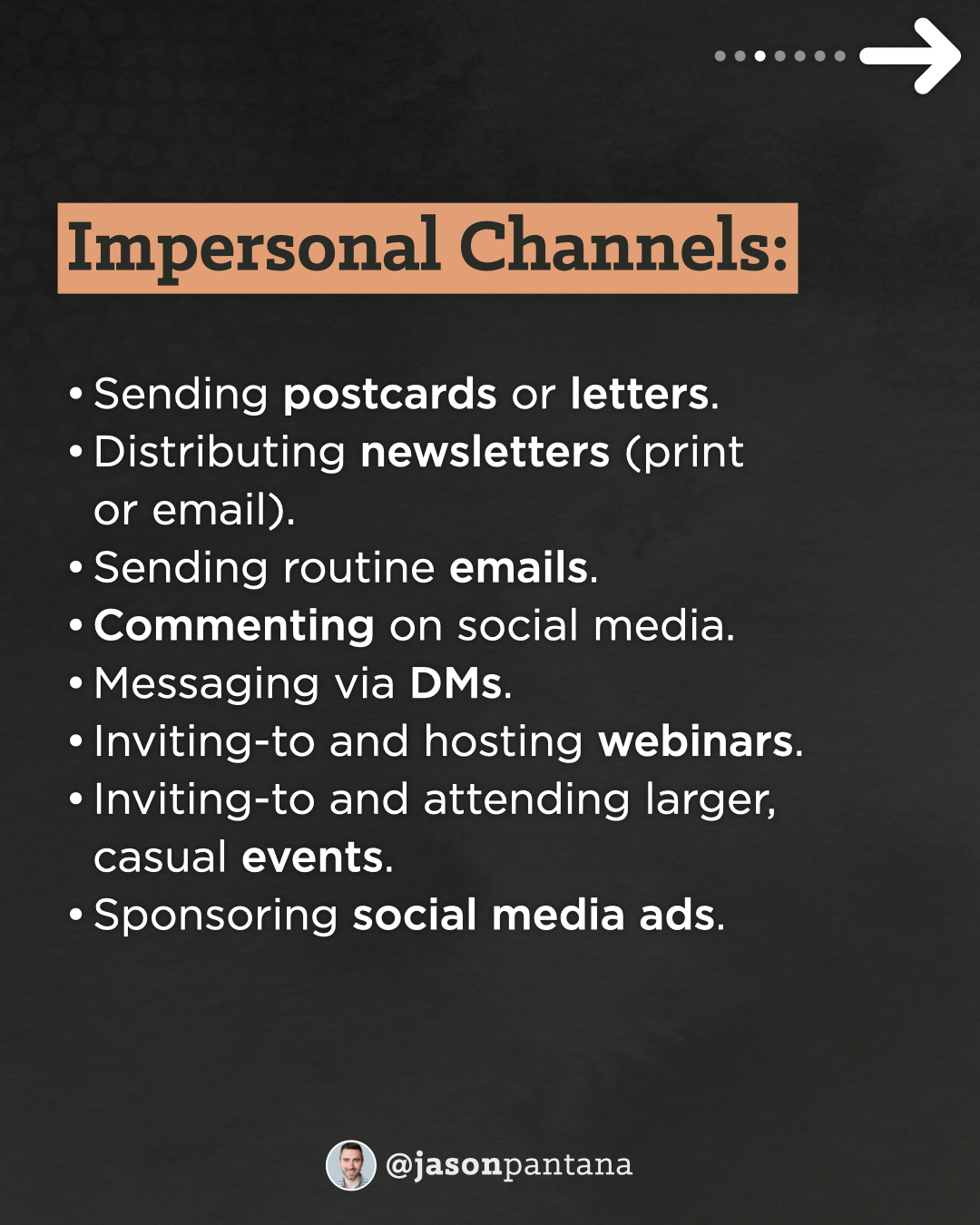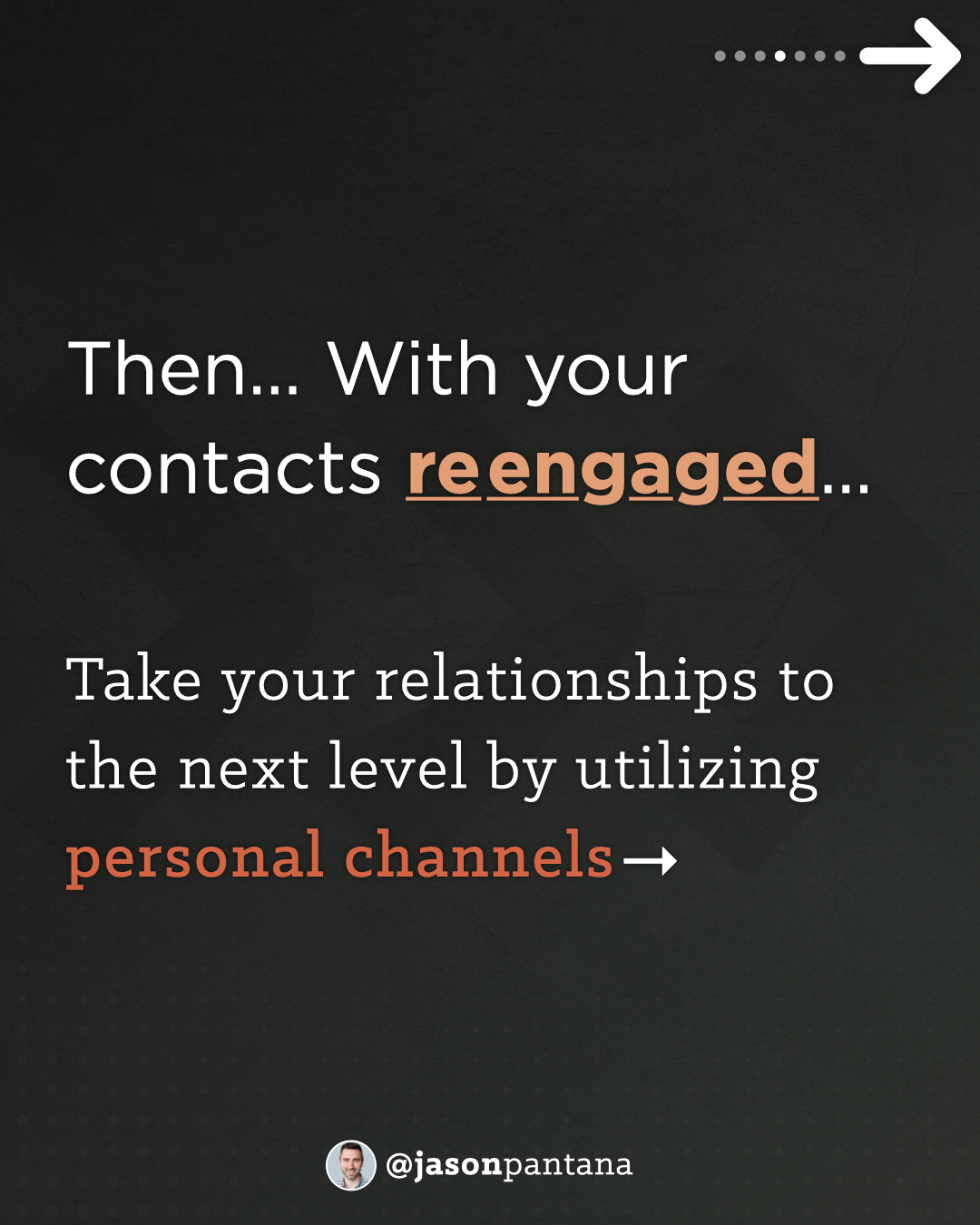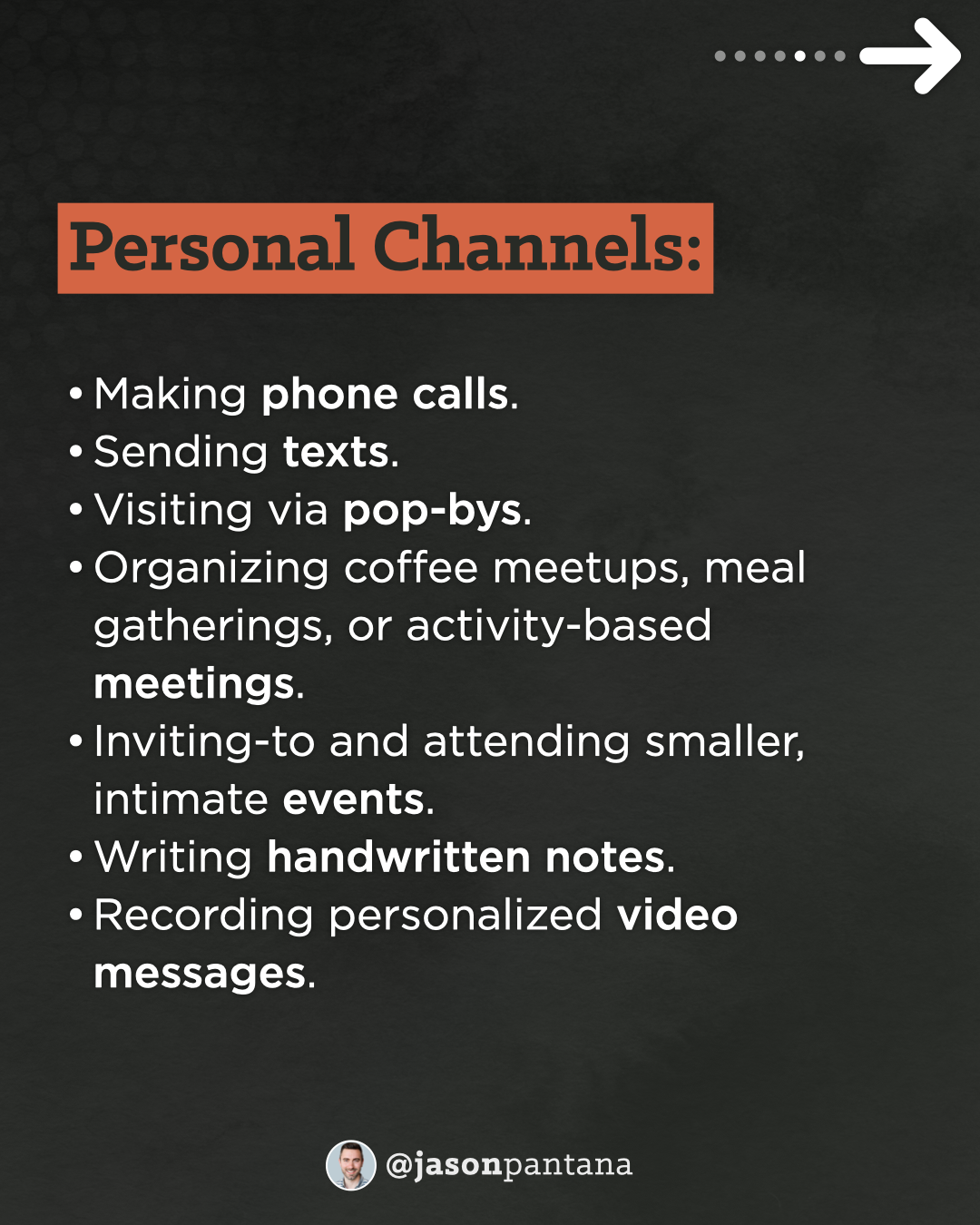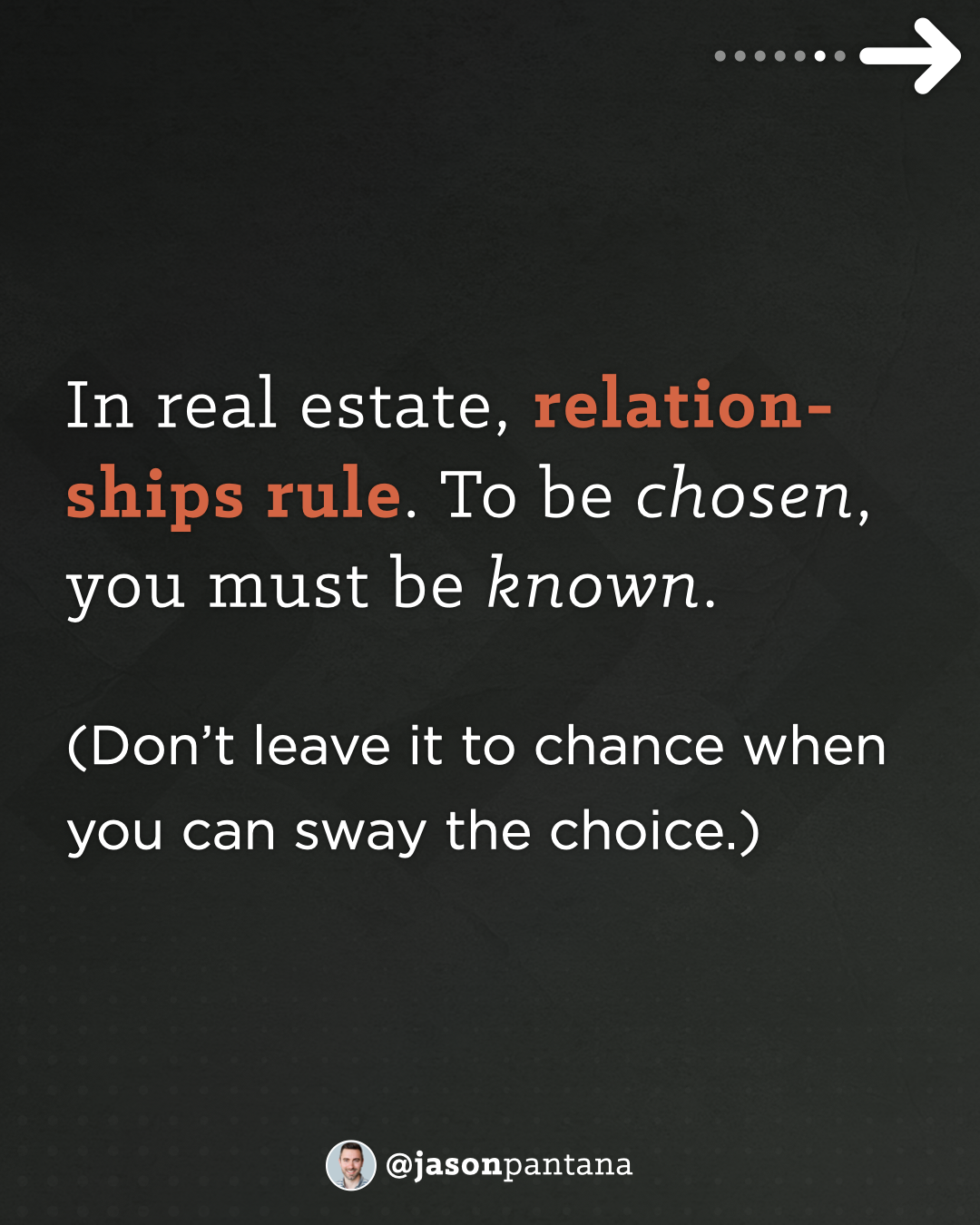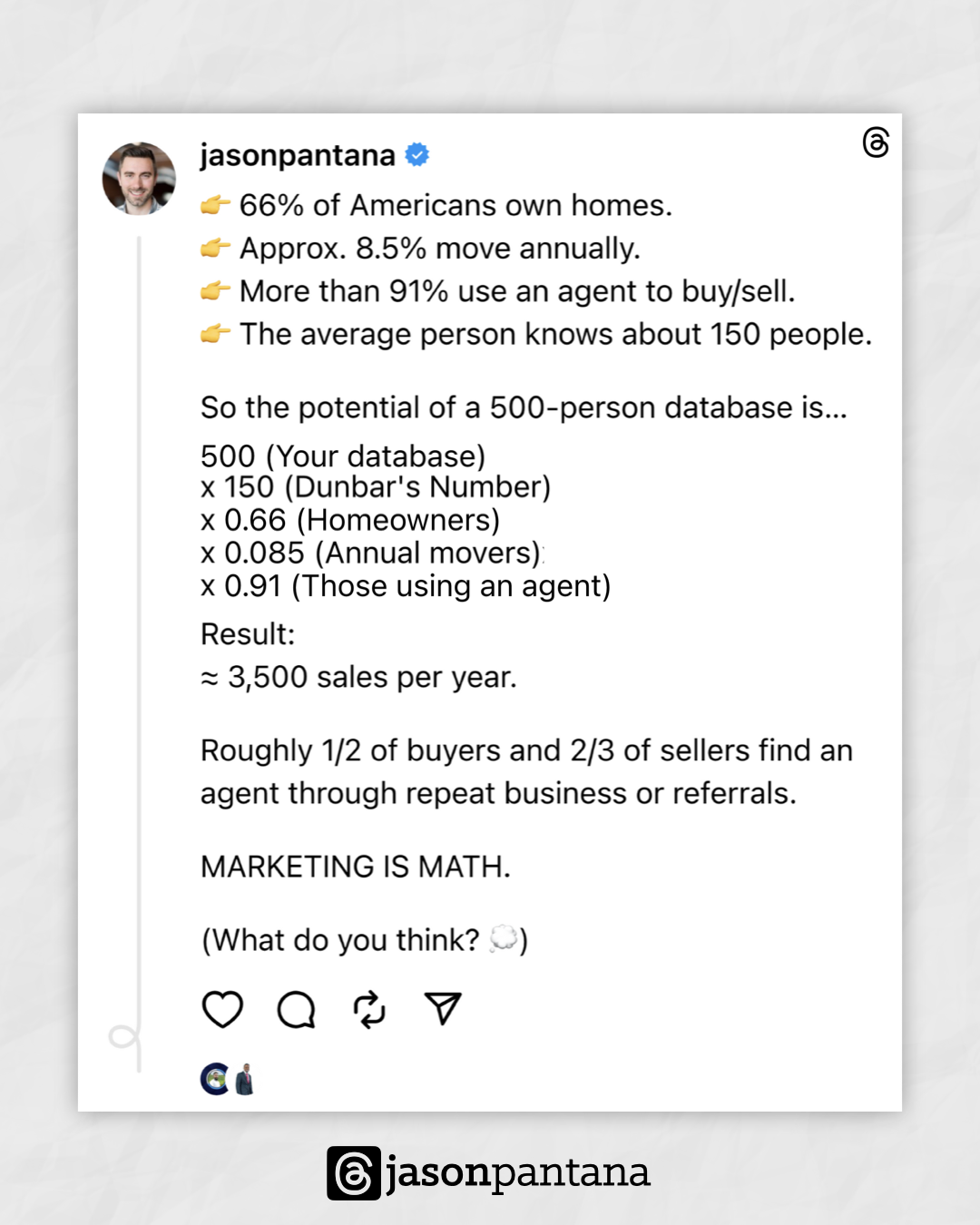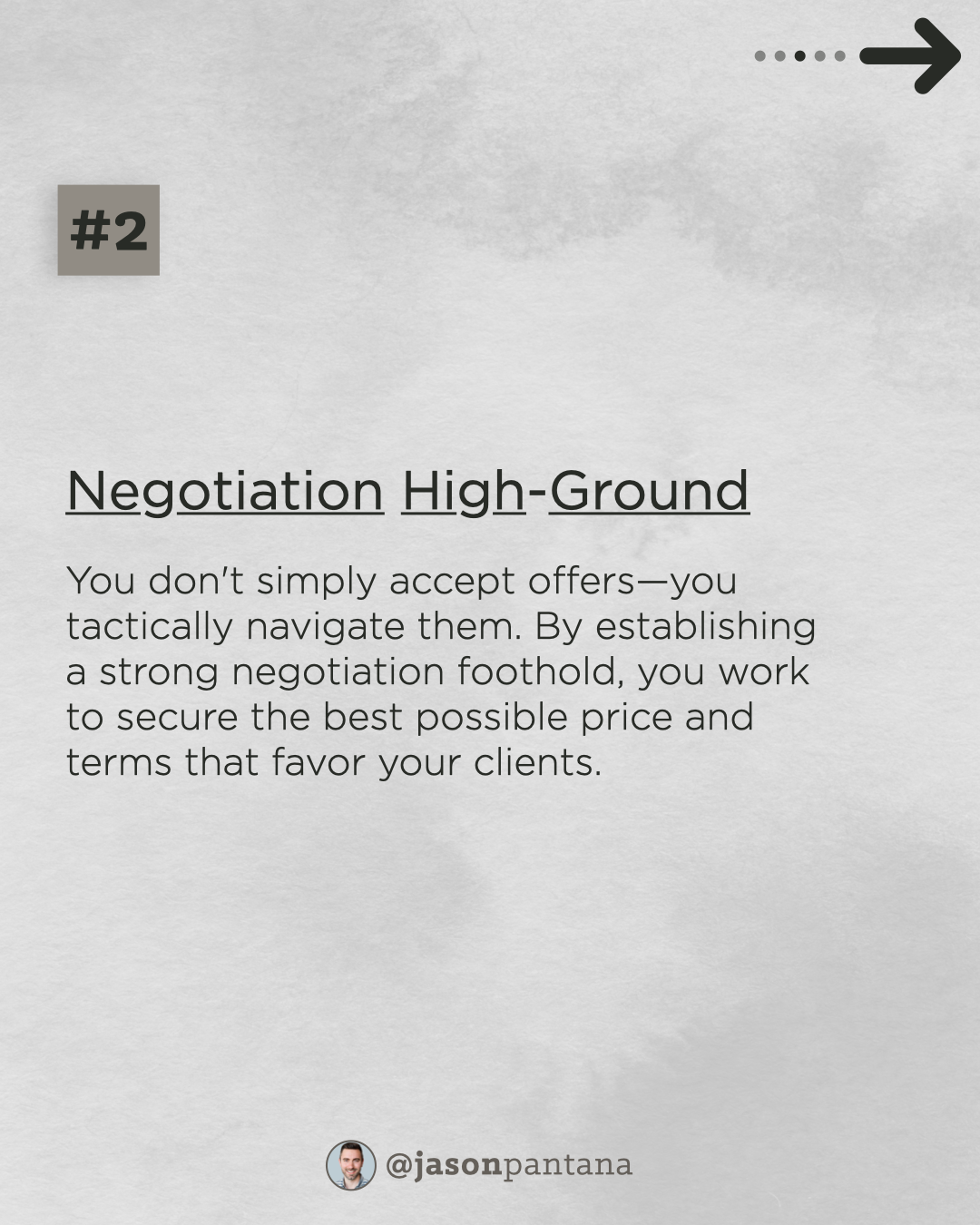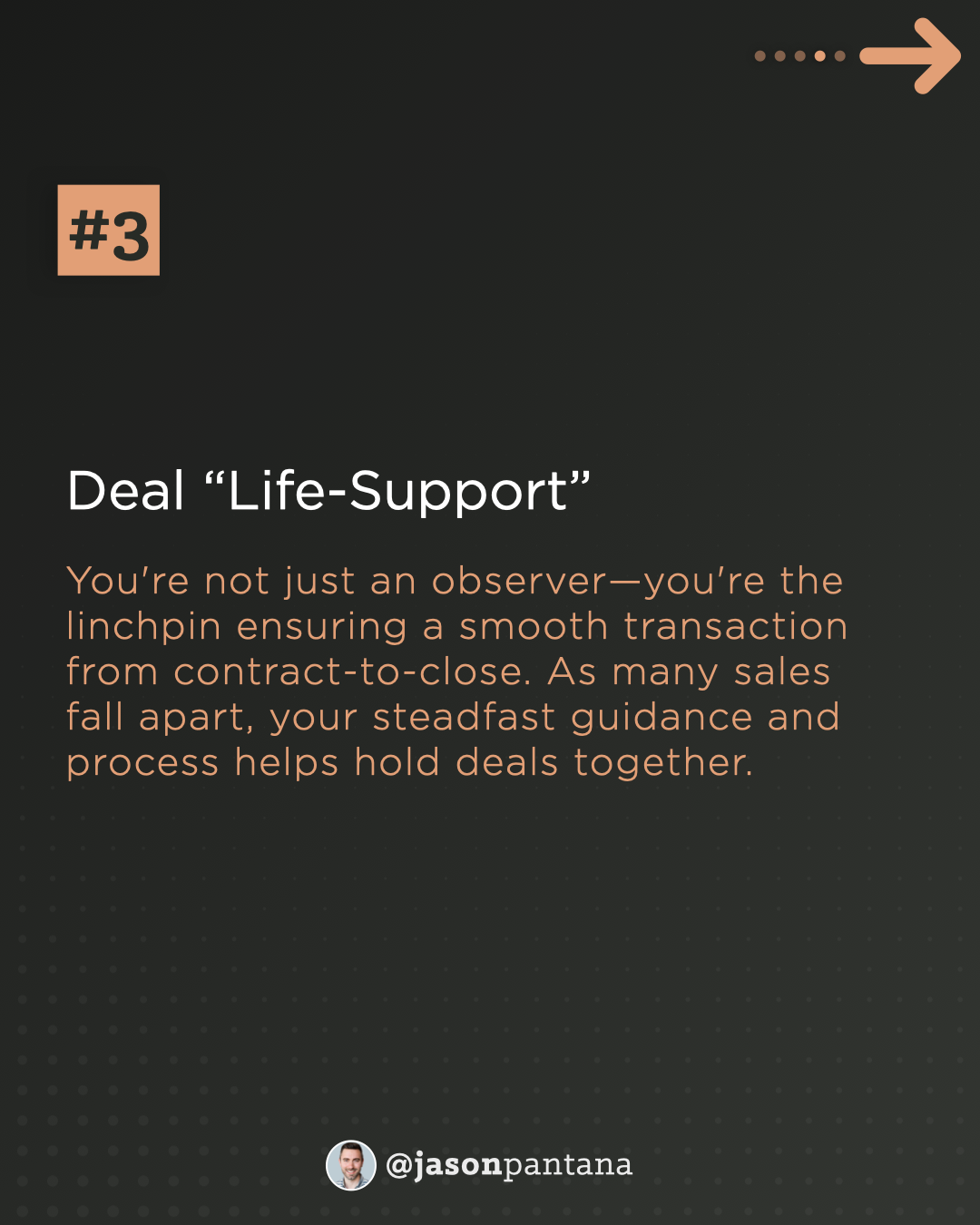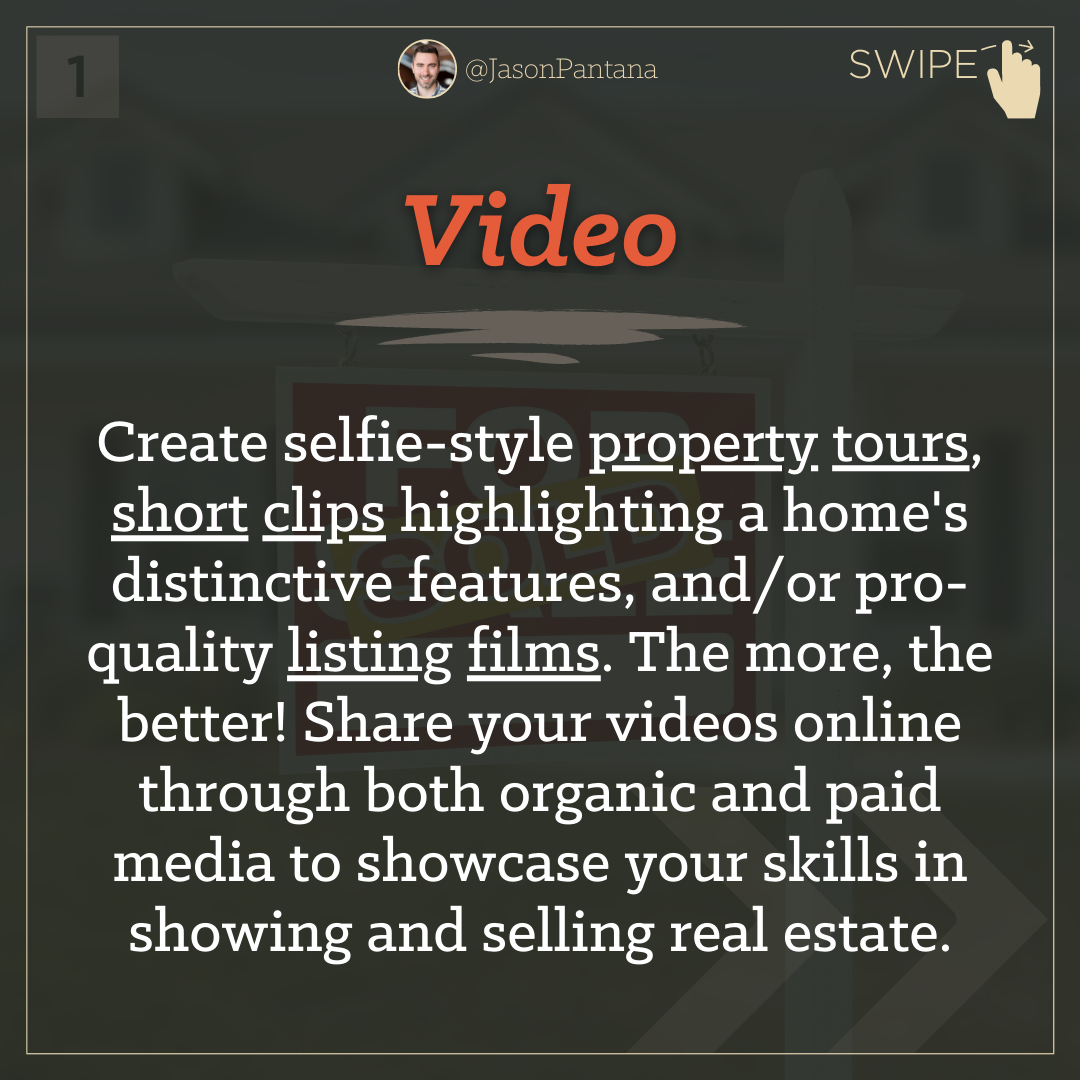You’ve heard me talk ad nauseam about optimizing your Google Business Profile to rank in Google’s “Map Pack,” a search results section that features the top three businesses optimized for that search. Phrases like “Best Realtor in ____” routinely trigger the Map Pack.
You’ve also heard me talk about how buyers characteristically search for homes, whereas sellers are far more likely to look for the top agent in the marketplace.
You’ve even heard me say that for 85 times web browsers search, “Coffee near me,” 5 folks search, “Realtor near me.” That all spells: o-p-p-o-r-t-u-n-i-t-y.
Well, get this: Google unveiled a new audience segment in its advertising portal, dubbed “Real Estate Agents” whereby advertisers like you can now opt to target the types of folks running searches like “Best Realtor in ____.”
That said… Looking at the fine print, most of this audience is actively seeking a real estate agent. There's a small subset interested in real estate careers, likely people wanting to join the profession. Despite this, targeting the whole audience is still a smart move.
In terms of the types of ads that’ll stand-out best, I’d opt for YouTube in-stream ads, the commercials that play before, during, and after videos on YouTube, and Google Display Network ads, the square-shaped, tall-and-skinny, header/footer, and pop-up styled banner ads that appear across the web and in various apps.
Be top of mind when it matters most! Here’s how to run these ads:
Navigate to ads.google.com to open up Google Ads.
Make sure you're in "Expert Mode" which allows for a full range of customization and advanced settings.
Initiate a new campaign.
Select your campaign's objective and decide on the type of ad (such as Video or Display).
Determine your bid, set the start and end dates, and fill in other basic details for your campaign.
Specify a geographic boundary where your ads will be eligible to run.
Under Audience Segments, locate "Search," then look for "Real Estate Agents." Select this option and continue building your ad campaign.

